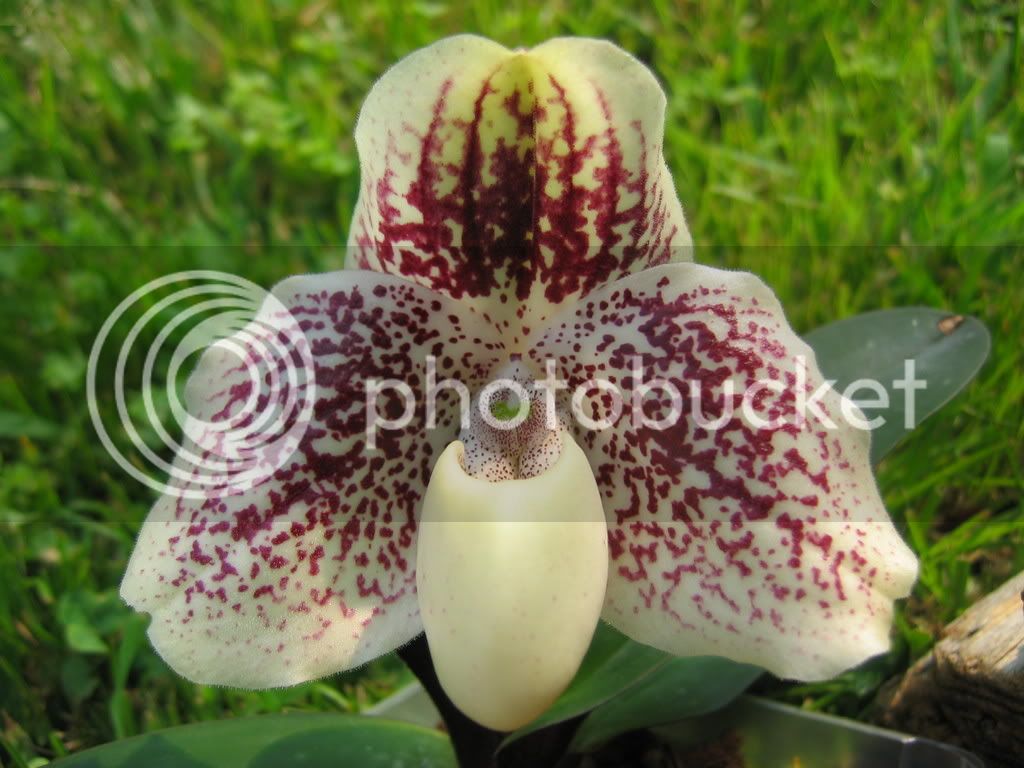This is a mine field you are now entering. Occasionally it does happen, BUT, the biggest problem is Hybridists using the WRONG names.
An example, Paph Conco-bellatulum is a man made hybrid between concolor and bellatulum, simple enough. A collection of Paphs from China formally know as Conco-bellatulum, Natural hybrid, was described as a NEW species called
P. wenshanense. Fair enough, BUT, hybridist are now using the man made Conco-bellatulums in breeding and SELLING them as P. wenshanense the species as a parent which is totally false and misleading. If in fact P. wenshanense is a Conco-bellatulum, Nat' Hyb' then both should have the one name, which ever one. In reality, you are dealing with a problem that many or most are walking away from.
Its a "buyer beware" situation and/or trust in the retailer of the plants. In many cases they are in the same situation.





